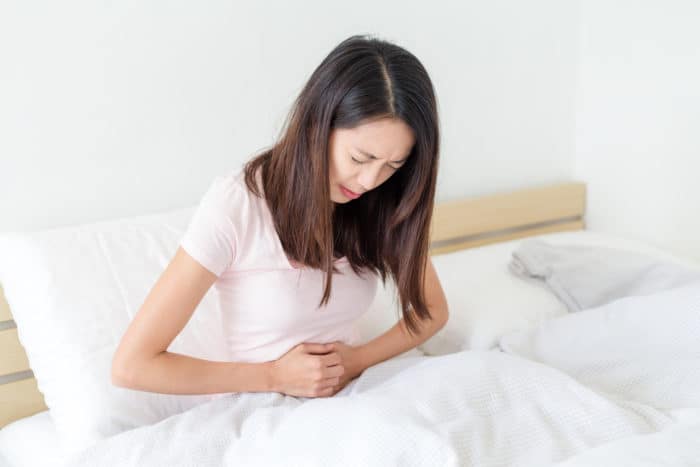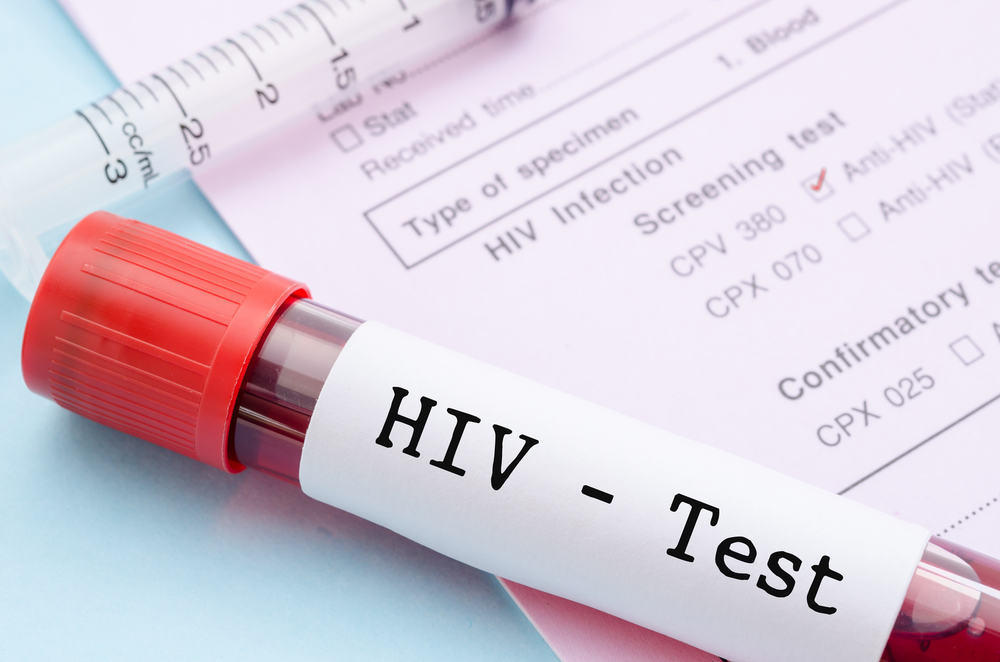Contents:
- Medical Video: Implantation bleeding - What is Difference between Implantation Bleeding and Periods
- How do you distinguish between normal and abnormal menstrual pain?
- 1. Normal menstrual pain usually only lasts a maximum of three to four days
- 2. Normal menstrual pain is generally easy to overcome
- 3. Abnormal menstrual pain tends to interfere with activity
- 4. Abnormal menstrual pain cannot be treated with prescription drugs
- 5. Abnormal menstrual pain occurs irregularly every month
Medical Video: Implantation bleeding - What is Difference between Implantation Bleeding and Periods
Menstrual pain is the biggest scourge for women every month. How not, the pain that occurs in the area around the abdomen and waist often makes it difficult for women to move like usual days. During this time you may often worry that menstrual pain that you feel is a sign of a dangerous health problem. So, how do you distinguish between normal and abnormal menstrual pain? Here's the explanation.
How do you distinguish between normal and abnormal menstrual pain?
The severity of menstrual pain in each woman varies. There are those who feel menstrual pain which is relatively mild, but there are also those who feel severe pain until it is difficult to move - even just walking.
Let's look at the differences between normal and abnormal menstrual pain below, then determine which one suits your condition.
1. Normal menstrual pain usually only lasts a maximum of three to four days
Approaching menstruation, the endometrium or lining of the uterus will be thickened. This is used to prepare itself as a place to attach the egg that has been successfully fertilized.
When the egg is not fertilized, the endometrial tissue will decay along with blood. At the same time, a chemical called prostaglandin will be released and trigger inflammation. Well, this condition then triggers muscle contraction, aka stomach cramps.
Jessia Shepherd, M.D., assistant professor of clinical obstetrics and gynecology from The University of Illinois College of Medicine in Chicago, revealed to Self that normal abdominal cramps usually occur for 2 to 3 days in a menstrual cycle. This means that pain and abdominal cramps that exceed 3 days can be categorized as abnormal menstrual pain.
2. Normal menstrual pain is generally easy to overcome
Usually, abdominal cramps due to normal menstruation can be overcome by heating pads, hot water bottles, or taking simple anti-inflammatory drugs such as ibuprofen. In addition, your doctor may recommend birth control pills with a variety of considerations.
Some studies show that supplements containing calcium, magnesium, and vitamin D can help reduce PMS symptoms. However, be sure to always consult a doctor to get the right treatment according to the symptoms you feel.
For those of you who like to exercise, you should continue these healthy habits. Because the release of endorphins during exercise can increase the supply of oxygen to the uterus and strengthen the pelvis. When sufficient oxygen is fulfilled, stomach cramps and other PMS symptoms can be treated properly.
3. Abnormal menstrual pain tends to interfere with activity
According to Candace Howe, MD, a doctor from HM Medical in Newport Beach, California, menstrual pain is said to be abnormal if the pain tends to be severe to disrupt activities. In fact, about 20 percent of women experience this.
Women who experience severe abdominal cramps usually spend more time in bed and curl up with stomach pains. Not only physically ill, most women also experience psychological discomfort. That is why women tend to be easily badmood during menstruation.
4. Abnormal menstrual pain cannot be treated with prescription drugs
Basically, menstrual pain can be overcome with pain relievers sold on the market, such as paracetamol or ibuprofen. If menstrual pain does not end even after taking the medicine, then this can be said to be abnormal and need to be consulted with a doctor immediately.
If you think that taking lots of painkillers can cure severe abdominal cramps, then you are wrong. Be careful, consumption of drugs that do not comply with the recommendations actually gives a harmful effect.
If the pain does not subside, immediately consult a doctor. Because, it is feared to be a sign that there is a disease in the area of the female reproductive organs, such as endometriosis, uterine fibroids, and so on.
5. Abnormal menstrual pain occurs irregularly every month
For those of you who experience abdominal cramps from the beginning of menstruation, this is referred to as primary dysmenorrhea. The good news, this tends to be normal as a form of the body's sensitivity response to menstrual hormones.
However, if severe abdominal cramps do not occur from the start of menstruation and not only every month, this is referred to as secondary dysmenorrhea. Well, this type of dysmenorrhea should be watched out for.
Secondary dysmenorrhea can cause heavy bleeding and can indicate a certain disease. Examples of endometriosis, uterine fibroids, adenomyosis, pelvic inflammation, or ovarian cysts. To make sure, immediately consult a doctor.

















